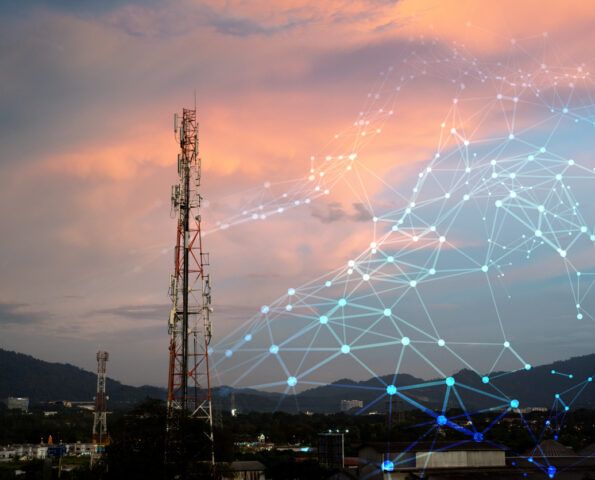The world of technology seems to be ever-expanding and advancing, but it’s important to keep a finger on the pulse. I’ve written many times about how criminals use technology, especially the dark web, to facilitate their crimes. In order to keep up, law enforcement needs to stay up to date with the most advanced technology possible in order to do their job effectively. Previously I wrote about an app called Signal, the importance of end-to-end encryption, and how it can prevent unlawful or unwanted acquisition of your personal data and private conversations. However, there are many ways that the data from a mobile device can be compromised. A few years ago, a device known as a Stingray started to get some attention.
What is a Stingray? Technically the term “Stingray” refers to a specific brand of an information security management system (ISMI) catcher, but regardless of what they’re called these devices all work similarly. ISMI catchers are electronic surveillance devices that force all nearby cell phones to connect to them in place of a legitimate cell tower by sending out the strongest signal. Essentially these devices pretend to be cell towers to collect data. All cell phones periodically send out signals to cell towers in order to receive service from your carrier in a given location. This is done even when a cell phone is not in use. Once connected, an ISMI catcher collects a phone’s ISMI number (hence the device’s name). With the right legal clearance, law enforcement can obtain the name, number, and address of the associated device.
Aside from obtaining contact information there are several other use cases that police might have for devices like the Stingray. Police can track where a device has been (and presumably the person who owns the device) by accessing a historical log of all cell towers it has previously pinged. If the Stingray obtains multiple ISMIs in an area at the same time, it’s possible to draw connections between people and uncover criminal groups. If law enforcement wants to find a specific device where they already know the ISMI, they can use a Stingray to tell if that phone is nearby. Once they know the device is in the area, they can then start pinpointing the exact location by moving the Stingray around and measuring the strength of the signal. While the extent of what each ISMI catcher is capable of is unclear, there is even some evidence that some can capture conversations and text messages.
The reason that a lot of information around these devices remains mysterious is that they are exclusively sold to police and other law enforcement agencies such as the FBI. That’s not to say others can’t get their hands on them, but they are only legally sold to the government.
The use of Stingrays came to light in the wake of the 2020 protests following the murder of George Floyd and has since been regarded as controversial, especially because it is incredibly difficult for a user to tell if an ISMI catcher has been used on their device. This raises some obvious privacy issues since Stingrays often catch every single mobile device in the nearby area regardless of someone’s involvement in a crime or lack thereof. Police also need to obtain the correct legal paperwork in order to use Stingray devices in the first place and have failed to do so on some occasions. The American Civil Liberties Union is working to track the status of Stingrays use across the U.S. to help civilians stay informed, but with all of the secrecy around the devices it is difficult to do. In my latest novel, The Shakespeare Killer, I explore the use of these devices and other cutting-edge tech by the FBI. The bottom line: never assume your cell phone conversations are confidential. Big Brother may be tracking you.
